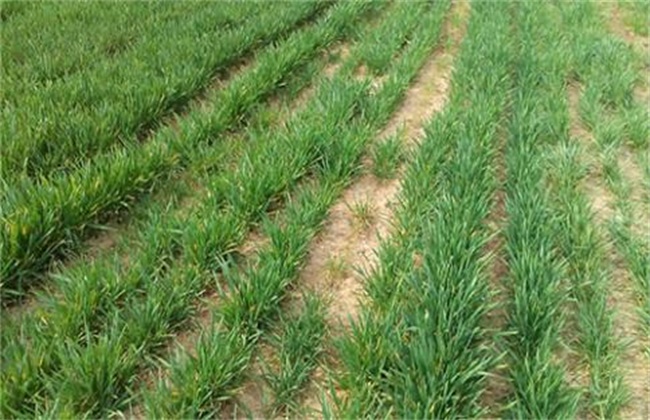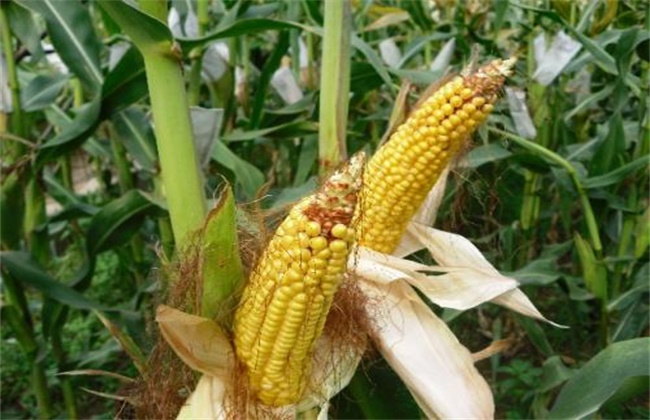How to apply phosphorus Fertilizer to grow Wheat
Wheat is a kind of food crop with large planting area in China, and it is also one of the main staple foods in many areas. At present, there are still a lot of people growing wheat. When planting wheat, we need to do a good job of fertilizing. When fertilizing, we should pay attention to the application of phosphate fertilizer, so when planting wheat, how to apply phosphate fertilizer? Today, the editor will give you a brief introduction. Let's take a look at it.

1. Mixed fermentation application of organic fertilizer
There are many nutrient elements in organic fertilizer, which are rich in organic matter, phosphoric acid and all kinds of organic weak acids. It can convert some insoluble phosphorus into soluble phosphorus. Therefore, it is very suitable to mix phosphate fertilizer and organic fertilizer. Moreover, the mixed application can also reduce the contact area between phosphate fertilizer and soil and prevent the soil from fixing phosphorus. Therefore, by composting the mixture of phosphate fertilizer and organic fertilizer, we can not only improve the utilization rate of phosphate fertilizer, but also avoid burning seedlings caused by excessive phosphate fertilizer.
2. Combined application of nitrogen, potassium and zinc fertilizer.
When we apply phosphate fertilizer, we can also mix it with nitrogen, potassium, zinc and other fertilizers. First of all, we need to mix the phosphate fertilizer according to the demand of wheat for elements such as nitrogen, potassium and zinc. It can not only avoid the lack of nutrients in the soil, but also improve the utilization rate of phosphate fertilizer. However, we should pay attention to maintain the proportion of each fertilizer. For example, in high-yield wheat fields, the application rate of organic fertilizer is about 4000kg, phosphate fertilizer 50kg, and then the ratio of nitrogen, potassium and zinc is kept at about 30, 12 and 1.5, etc., to ensure to meet the nutrients needed for wheat growth.
3. Centralized application
When we apply phosphate fertilizer, it is best to pay attention to centralized application. Because the concentrated application of phosphate fertilizer can prevent the contact area between phosphate fertilizer and soil from being too large. As a result, too much phosphorus is fixed by the soil and the utilization rate of phosphorus is reduced. Therefore, we should not apply phosphate fertilizer separately to ensure the utilization rate of phosphate fertilizer in order to improve the efficiency of phosphate fertilizer. There has also been a professional data survey shows that when phosphate fertilizer is applied centrally, its utilization rate can be increased by about 28%, and the yield of wheat can also be increased by 12%.
4. Points for attention
The application of phosphate fertilizer should not be carried out blindly. When we apply phosphate fertilizer, we should pay attention to the properties of the soil. If the soil is neutral and calcareous alkaline soil. Then when we apply phosphate fertilizer, we should give priority to water-soluble calcium superphosphate. At the same time, we should also pay attention to control the application rate of phosphate fertilizer, and the yield of wheat will gradually decrease with the increase of the amount of phosphate fertilizer. However, if the dosage is too small, then the increase in yield per unit area will not be very obvious, generally, 50kg should be applied per mu or so.
The above is a brief introduction to how to apply phosphate fertilizer to wheat. That's all for today's introduction. This article is for reference only. I hope it can be helpful to everyone.
Related
- The first cup of black tea in spring, the flavor and history of tea gardens in Kenya, Africa
- The computer can not only choose potatoes, but also grow tea rice. AI will grow winter oolong tea champion.
- It is not only the inflated tea bitten by insects, but also engraved with the four seasons tea in Beipu.
- The Oriental Beauty Tea Festival in Zhuxian County takes the stage at the weekend to experience the plus-size feast of oil tea.
- & quot; Oriental Beauty Tea & Exploration of Emei in Hsinchu, the hometown of quot;
- The new variety of strawberry "Tainong 1" dessert is the first choice with mellow aroma. Crimson gorgeous
- History of Tea in Taiwan: from Wild Inner Mountain to Export Tea Garden
- Two types of Taiwan Oriental Beauty Black Tea won the British three-Star Award for Childhood Tea Xiang Zhang Jiaqi changed from pilot to champion tea maker.
- Banana species and varieties: the planting history of Taiwan Xianren banana and dwarf banana is long, is banana disease resistant?
- Coffee planting Technology: Qianjie Coffee from Seedling to harvesting



